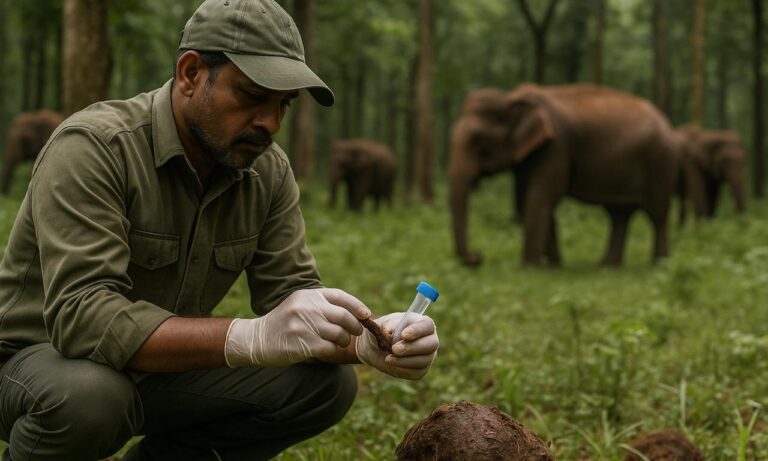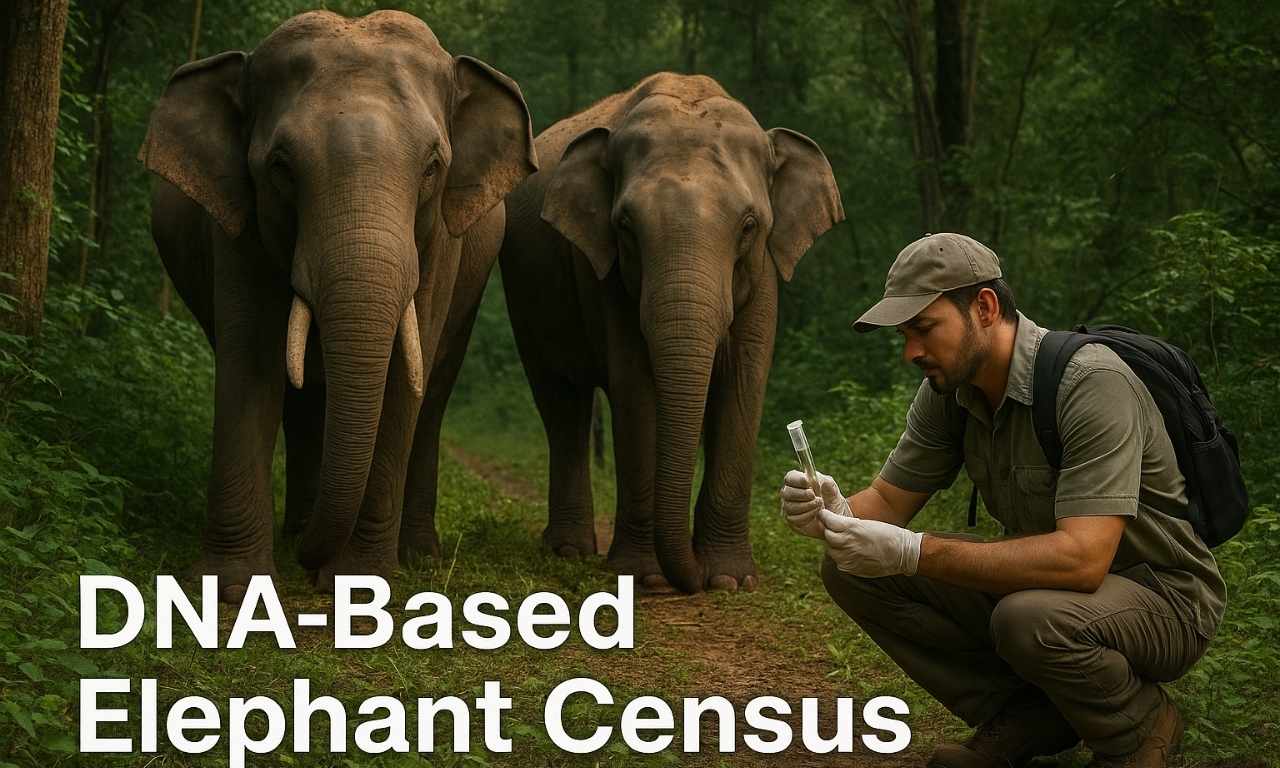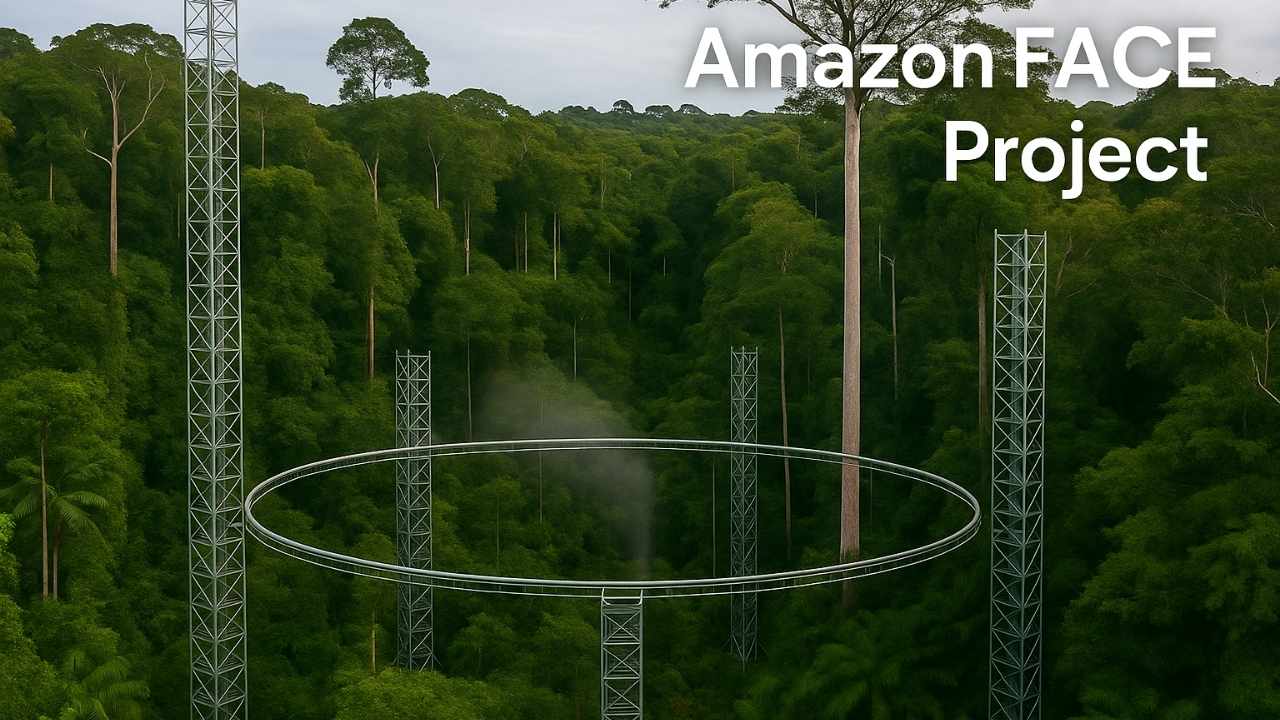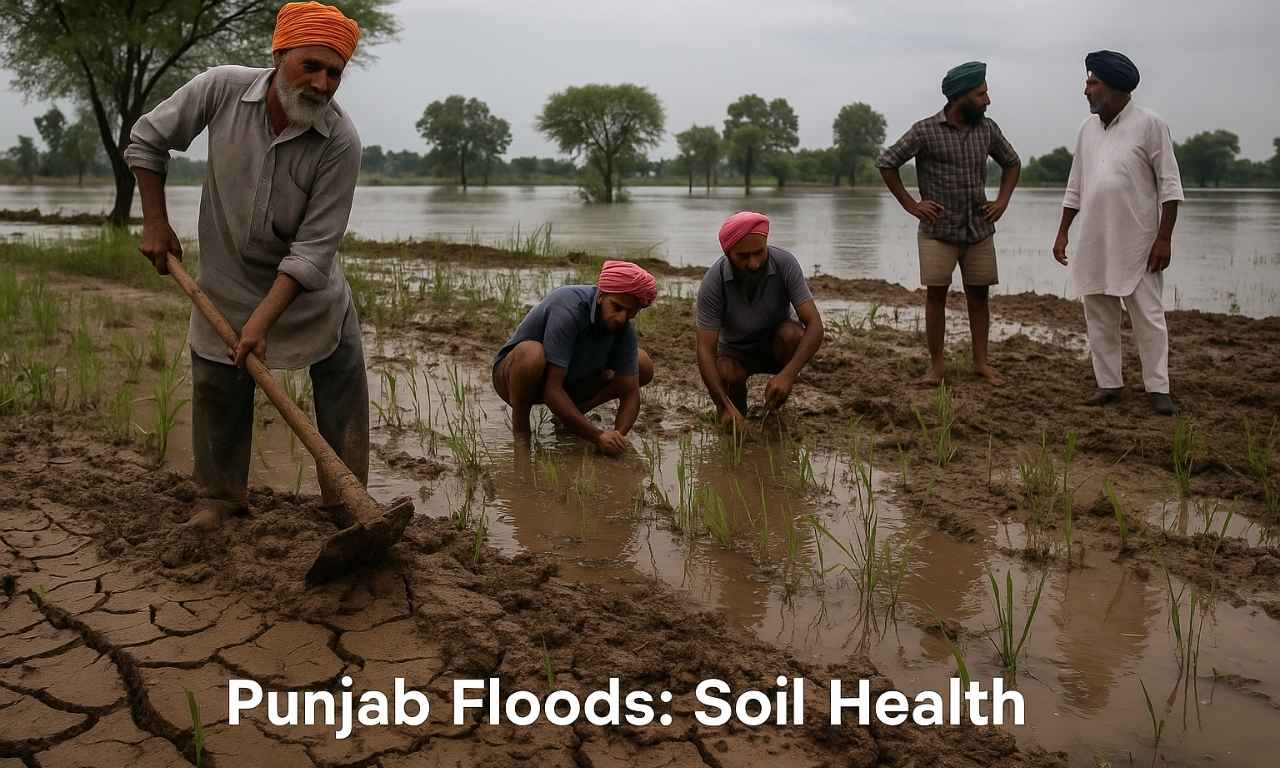The Synchronous All India Elephant Estimation (SAIEE) 2021–25 report was recently released by the Ministry of Environment, Forest and Climate Change (MoEFCC).
Background
- The latest estimate places India’s wild Asian elephant population at 22,446, down from 27,312 in 2017 — a 17.8% decline.
- The Ministry clarified this is a “new scientific baseline”, not a direct comparison, due to changes in methodology.
- The Western Ghats and Northeast remain key habitats, especially in Karnataka, Kerala, and Assam.
- However, regions like Jharkhand (–68%) and Odisha (–54%) have seen sharp population declines.

Key Concerns
- Decline indicates ongoing threats to elephant corridors and habitats caused by deforestation, mining, and human encroachment.
- Fragmented landscapes continue to disrupt elephant migration routes, increasing human–elephant conflict.
New Methodology: DNA-Based Census
- The SAIEE 2021–25 marks a major scientific advancement in wildlife monitoring.
- It uses genetic mark–recapture techniques, similar to the tiger census model.
- Instead of traditional direct counts or dung-decay studies, it relies on:
- Spatially designed sampling grids, and
- DNA analysis of dung samples to identify individual elephants.
- This provides greater accuracy, minimizes duplication, and helps in long-term population tracking.
Significance
- Creates a more reliable and scientific baseline for future monitoring.
- Enables better conservation planning and policy correction based on real data.
- Helps in mapping habitat use and migration patterns, crucial for sustainable coexistence strategies.
Way Forward
- Strengthen habitat connectivity through protected corridors.
- Increase community participation in conflict management.
- Use scientific data for adaptive conservation policies ensuring long-term elephant survival.
This topic is available in detail on our main website.





